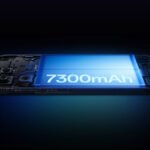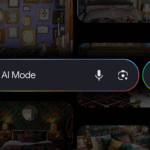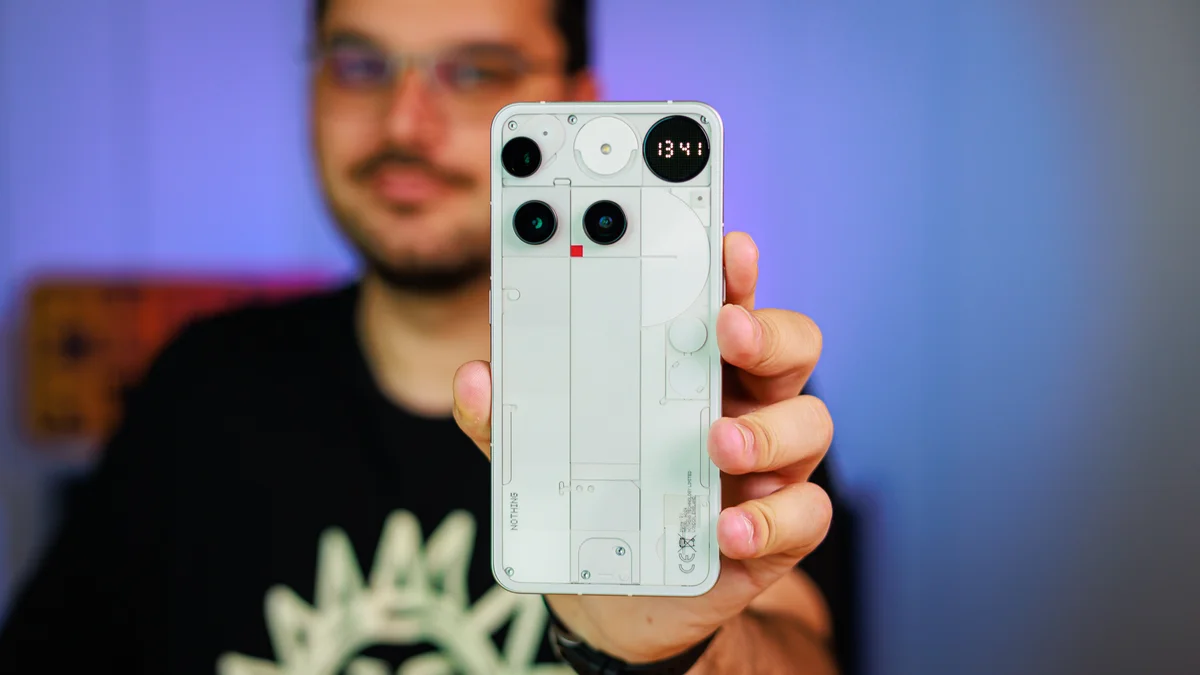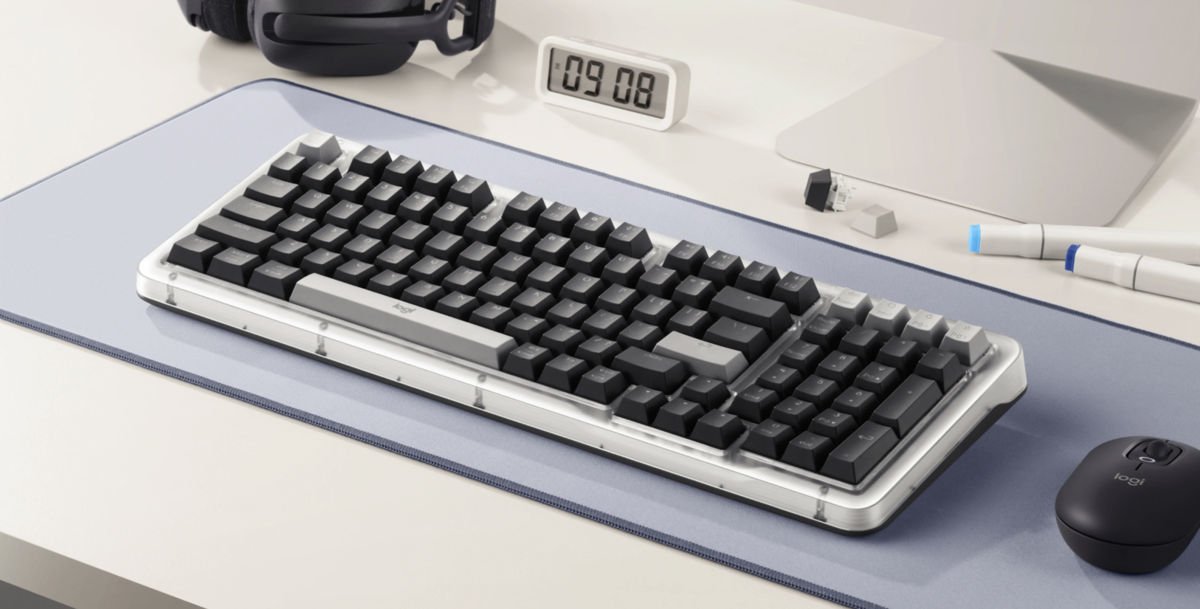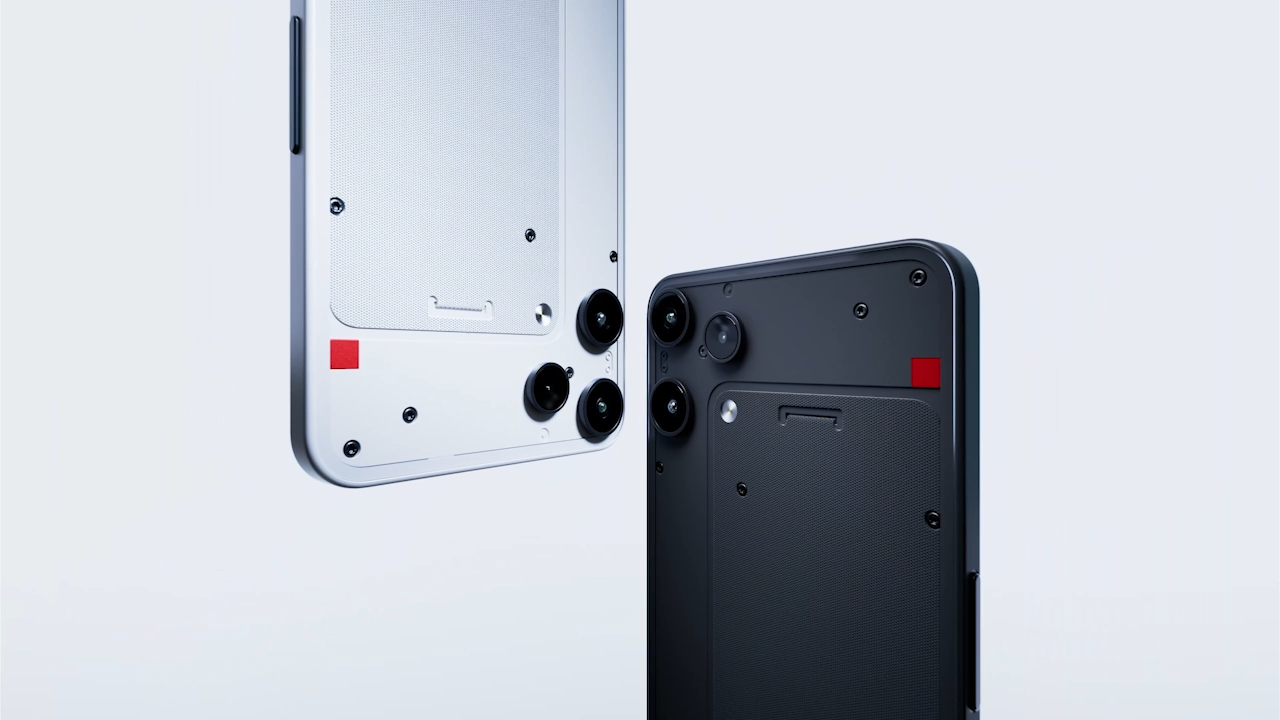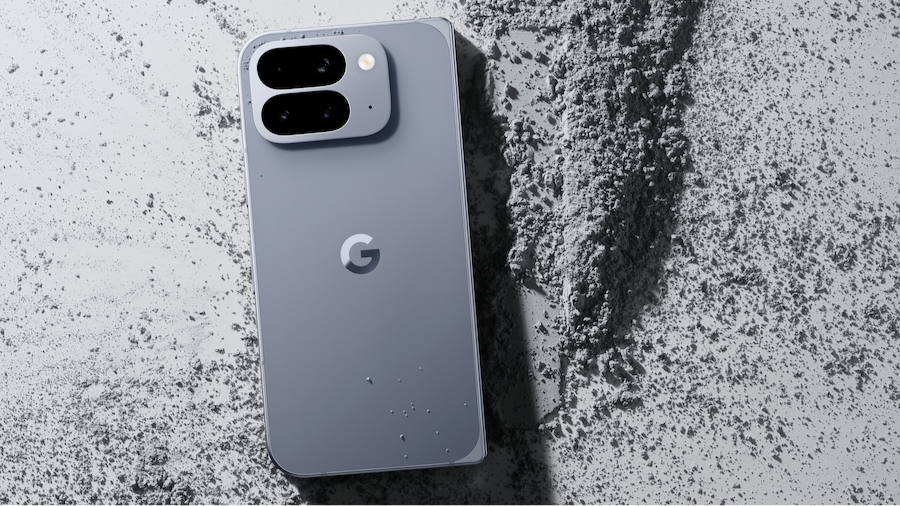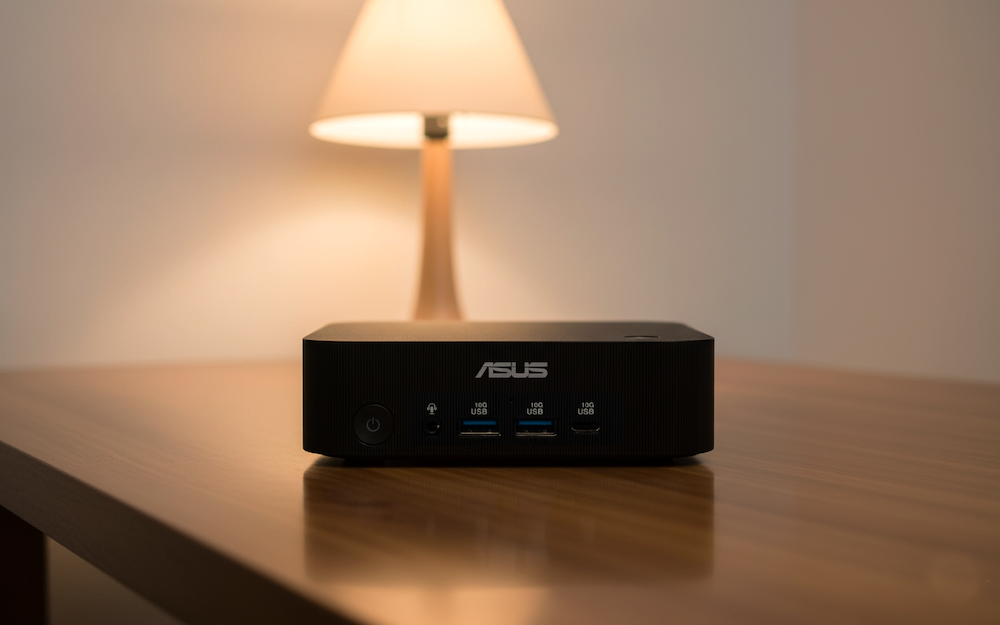Nothing has downgraded the PWM rate of the Phone (3), which the company says should benefit the display’s performance. Initially, the Nothing Phone (3) had a 2,160Hz PWM rate, but a software update changed it to 960Hz.
In a statement sent to Android Central, Nothing says the change is in effect only when the display operates at lower brightness. The Phone (3) display is still technically capable of supporting a 2,160Hz PWM rate, though the company hasn’t confirmed at what brightness level the change kicks in.
We found display performance at low brightness produces the best quality picture with this updated rate, so we have prioritised picture quality for the final retail software.
Nothing hasn’t explained in detail why the change was necessary, but apparently it’ll be part of the final retail software.
What is PWM rate?
PWM is one of those things that, if you know about it, there’s a good reason, but if you’ve never heard of it, you’re not alone. The abbreviation stands for pulse-width modulation, which plays a key role in how OLED displays control brightness. What PWM does is to rapidly turn pixels on and off, tricking your eyes into thinking the display is dimmer.
For the vast majority of people, PWM is an innocuous technology, but others aren’t as lucky. Most often, the negative effects of the lower flicker rates are limited to eye strain. However, more PWM-sensitive people can experience more severe symptoms, like headaches, nausea, and vertigo.
Due to those negative effects, a high PWM rate is considered not only something special by some users, but also necessary. The issue can be so severe that there’s a whole subreddit dedicated to PWM sensitivity.
Nothing isn’t the only smartphone brand that’s paying attention to the PWM rate, though. Rumor has it that the Pixel 10 series might have a higher PWM rate. Other brands, like Honor, are stepping up in that regard with phones like the Magic 6 Pro, which supports a 4,320Hz PWM dimming rate when brightness drops below 30%.
I think Nothing should be more transparent about the change, and maybe even give the option to prioritize the PWM rate instead of the image quality. Accessibility is very important, especially when we’re talking about devices as essential as smartphones. For many people, a little worse image quality is a good trade-off for being able to use a smartphone without negative effects.


